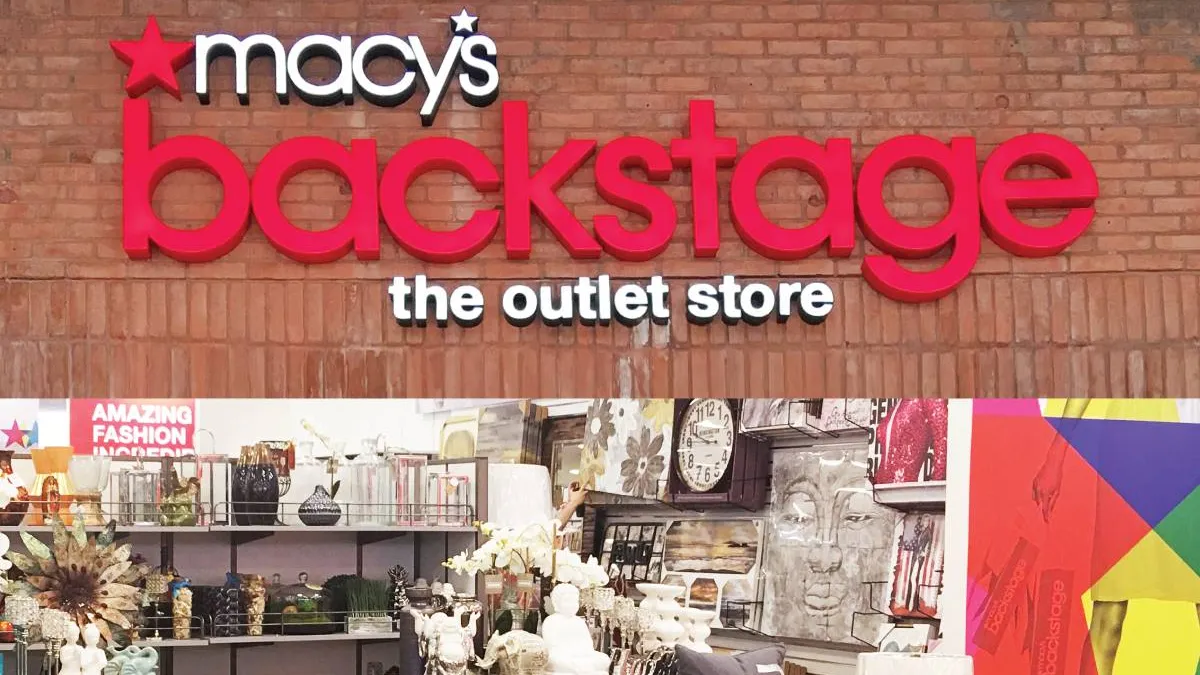Dive Brief:
-
Macy’s on Thursday reported that sales in the third quarter fell 6.1% to $5.281 billion, due in part to the company’s large number of store closures. That missed the Zack’s consensus analyst estimate for a 5.4% decline to $5.325 billion.
-
Same-store sales on an owned basis fell 4% in the third quarter and 3.6% on an owned plus licensed basis, according to a company press release. Q3 earnings were 23 cents per share, excluding restructuring and other costs and non-cash retirement plan settlement charges, up from 17 cents per share and besting the Zack’s forecast for 19 cents.
-
The department store’s gross margin improved slightly to $2.106 billion or 39.9% of net sales, compared to $2.240 billion or 39.8% in the year ago quarter, which CEO Jeff Gennette attributed to the company’s "tightly controlled inventory position."
Dive Insight:
Macy’s continues to suffer from its many store closures, although the company noted operating income for the third quarter (which totaled $121 million, or 2.3% of sales, compared to $107 million, or 1.9% of sales a year ago) included $65 million in book gains related to the sales of real estate, compared to $41 million in the year-ago quarter.
The department store has shifted much of its focus to the new Backstage off-price unit, playing catchup to the likes of Nordstrom Rack in an attempt to join in on the stellar performance of off-price retailers like TJX Cos. and Ross Stores. Macy's is also using its Bluemercury beauty unit to capitalize on consumer enthusiasm in that category. In the third quarter, the company opened eight new freestanding Bluemercury beauty specialty stores (for a total of 135) and seven new Macy’s Backstage off-price stores within existing Macy’s stores (for a total of 45). Macy’s also said that in early 2018 it will close stores including the Laguna Hills mall store in Laguna Hills, CA, the Stonestown Galleria location in San Francisco and the Westside Pavilion store in Los Angeles.
But the company’s positive spin — that its overall negative trajectory has been slowed by its improvements in earnings and margin — isn’t the real story, according to retail analyst Nick Egelanian, president of retail development consultants SiteWorks International. The real story, according to Egelanian, is found in the department store’s sales and same-store sales decreases.
"Sales continue to decline, and I see no end in sight for this trend," he said in an email to Retail Dive. "We expect to see more store closures and continuing sales contraction in 2018 and beyond."
Those declines will likely continue because the company’s focus on off-price and beauty is inadequate, he warned. "We see this is a fundamentally flawed strategy that is unlikely to change the overall picture," he said. "TJX, Ross, Ulta Beauty and other discounters in Macy’s merchandise space continue to open new stores at an aggressive pace, and we see this as an existential threat to Macy’s business model."
GlobalData Retail Managing Director Neil Saunders agrees, and said the problem is the effect the off-price focus will have on Macy’s full-line stores. "[I]t is not a sustainable solution and, indeed, we would argue that despite the boost to sales it will likely hinder long-term efforts to rebuild the full-price part of Macy's business," Saunders said in an email to Retail Dive.
That business is suffering in part because Macy’s lacks a wholistic approach, according to Saunders. "While there is no doubt that the company has made progress across some areas, change is far from comprehensive or far-reaching. We get the sense that Macy's fixes issues in a piecemeal way and that it lacks a unified vision for the future of the business," he said. "On the ground, this means it is hard for shoppers to see any material change, which is one of the reasons why Macy's continues to suffer from customer defections."
Gennette in his statement Thursday touted the company’s revamped loyalty program, which he promised would help drive holiday sales, in light of already positive response from customers. But Saunders said such small-bore moves won’t help the fact that Macy’s has lackluster merchandising.
"Changing marketing is futile if Macy's does not have a fresh and exciting proposition, which appears to be the case across many of its stores," he said, saying that many locations carry too many lines and too much product. "This creates a sea of merchandise in which it is very difficult for the shopper to find both what they are looking for and to identify the latest trends. It also means that space is used inefficiently, which weighs down on profit," he said. "Too many of Macy's stores look like a throwback to the early 1980s, which is a function of a lack of investment over the years. The company may be able to get away with this — at least for the short term — if merchandising and displays were top-notch; however, they are far from it. There are some stores where even basic cleanliness is lacking. The net result is a dispiriting environment which deters shoppers rather than encouraging them to visit."
Macy’s will likely continue to see mixed results, Saunders warned. "All in all, Macy's has made some progress, especially on the bottom-line where cost-saving initiatives are helping profit," he said. "However, the company needs to move further, faster and in a more coordinated way if it is to transform its fortunes."













